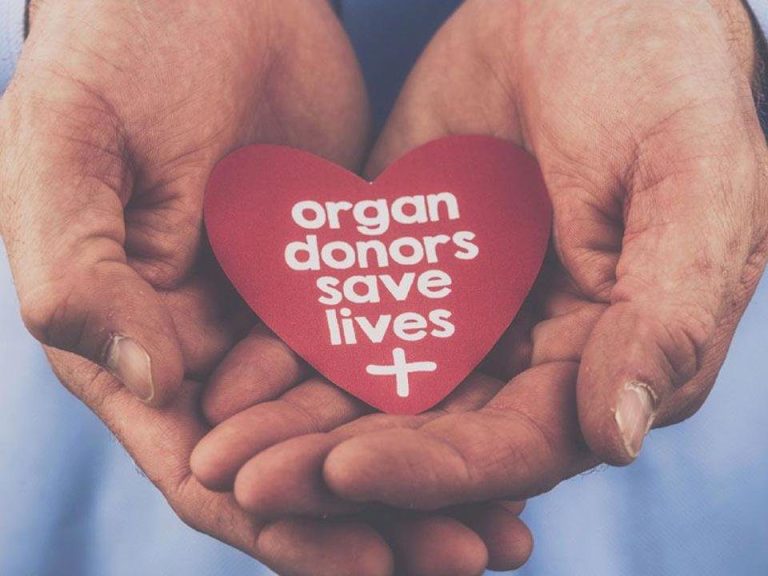Different types of abortion and their effects – Part 1 of 2
According to the British Pregnancy Advisory Service, “Abortion is when a pregnancy is ended so that it does not result in the birth of a child.”
There are two types of abortion treatment, generally
these are done in pregnancies up to 24 weeks, however in the case where there
is a health risk or difficulties in the child’s development, abortion may be
carried out after the 24 weeks.[1]
MEDICAL:
- Taking medication to end the pregnancy:
The Abortion Pill: The process is
2-stage.
Mifepristone and Misoprostol Combination. This procedure can be done up to 24 weeks of
pregnancy. Mifepristone is a pill ingested orally at a clinic and you can be allowed
to go home. This blocks the hormone progesterone, causing the lining of the
uterus to break down and stopping the pregnancy from continuing. After 2 days
misoprostol is either placed between the cheek and gum or is placed in the
vagina. You will stay at a clinic throughout this process and may also be kept
overnight. This causes the womb to contract, causing cramping, bleeding and the
loss of the pregnancy, similar to a miscarriage.
Methotrexate and Misoprosol Combination. This procedure can be done up to 7 weeks of pregnancy. This method is not so common as it takes longer that the above-mentioned method. It is usually used in ectopic pregnancies – pregnancy outside the uterus. Methotrexate is a cancer drug which stops the cells in the embryo from multiplying. Misoprosol is then administered, 4 to 6 days later at home, which causes the uterus to contract and cramp, releasing its contents.
SURGICAL:
- A minor procedure is done to remove the pregnancy.
Vacuum Aspiration. This procedure is done up to 15 weeks of pregnancy. It
entails removing the pregnancy by gentle suction. This can be done with a local
anaesthetic (up to 14 weeks) or under general anaesthetic (up to 15 weeks).
After this visit you will be allowed to return home.
Dilation and Evacuation
This procedure is carried out between 15 and 24 weeks of pregnancy. It is carried out with a general anaesthetic. The pregnancy is removed using narrow forceps inserted through the vagina, together with gentle suction. If you are 23 weeks or more, you will need to be administered with an injection to the foetus, through your abdomen, before the procedure in order to stop the foetus’ heartbeat. This injection is called a feticide and works immediately unless it is injected in the fluid surrounding the foetus, in this case it might take some hours for the heartbeat and movement to stop.
After this visit you will be allowed to recover under
observation for a couple of hours before you will be allowed to return home.
[1] Abortion treatment is legal in certain countries and the law may also impose that no treatment is carried out after the 24 weeks.
Abigail Church is a Humanistic Integrative Counsellor who works with adults and children through counselling with Willingness. She can be contacted on abigail@willingness.com.mt or call us on 79291817.







